Should You Get The Same Monitor For Dual Monitors?
Nowadays dual monitor setup has made a space in most tech-savvy’s workstations specially in home offices. But when someone considers upgrading their workstation, some common queries come to their mind. One of the common questions of them is whether I should get the same monitor for my dual monitor setup or different configured monitors will do the work.
Whether you should get the same monitors for dual monitor setup depends on various factors such as personal preference, budget, work space and most importantly what kind of work you will do with your dual monitor setup. If you are a graphic designer, video or photo editor or game developer looking for precise color rendering, it’s best to get the same monitor for your dual monitor setup. For casual usage, you can get different brands or sized monitors compatible with video hardware.
In this article, we will discuss when you should consider getting the same monitor for dual monitor setup and things you should keep in mind while choosing monitors for dual monitor setup.
So, let’s dive in.
Should You Get The Same Monitor For Dual Monitor Setup?
Dual monitors allow us to drag all tabs and applications from one screen to another offering extra screen space, more room for multitasking and enhanced productivity.
It doesn’t require the same monitor (in terms of brand, size, configuration or refresh rate) to connect two monitors. You can set up dual monitor with any available monitor as long as they are compatible with the video ports.
Recently some users are seen choosing the same monitor for their dual monitor setup to bring an aesthetic and organized look to the workspace. So besides the celestial point, is there any practical functionality of the same monitors? Well, to know that you have to keep on reading.
However, whether or not you need the same monitor depends on several factors for instance budget, personal preference, work space and finally desired functionality.
First, let’s see the most important consideration, functionality.
Jobs That Need Precise Color Rendering
See, graphic designing, video or photo editing or game development demands precise color rendering. If there’s even a slight difference in the setting of the dual monitors, you will get totally different output. In different brands or configured monitors, you will have to adjust a bunch of settings to get the exact same output.
To ignore such hazards, people in these sectors prefer the same monitor for dual monitor setup. If you do these types of work that requires precise color rendering it’s best to get the same monitor for your dual monitor setup.
Budget
Secondly, budget significantly influences the decision to get the same monitor. If you have enough budget, you can go for the same monitors. In the opposite scenario, you can get one monitor and connect it to your current desktop or laptop. Even if you don’t have the budget to invest in a monitor, you can use your old laptop as a dual monitor.
Available Size
Thirdly, two standard monitors of the same size will take up a good amount of your desk space. So if your desk doesn’t allow two standard-sized monitors and you aren’t ready yet to invest in a new desk, you can’t get the same monitors.
Finally, personal preference is the most important factor because you are the one who will be using the monitor setup.
So if your work demands precise color rendering and you have enough budget and desk space, you can get the same monitor for dual monitor setup.
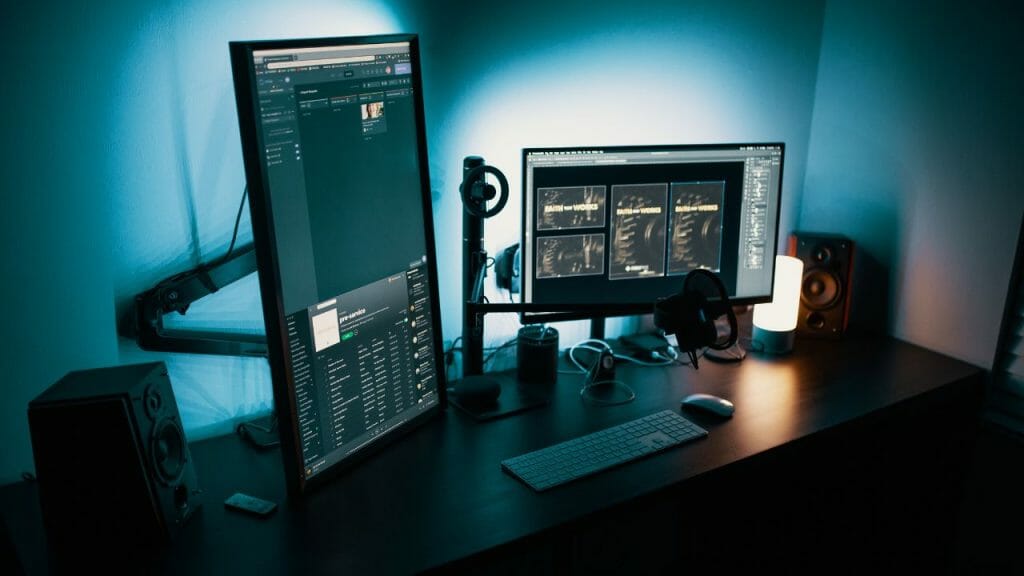
4 Advantages Of Using The Same Monitor For Dual Monitor Setup
Now let’s explore some advantages of using the same monitor for a dual monitor setup. Why is there such a hype around it? Well, let’s find out whether there’s any practical advantage or it’s just because of the aesthetic look:
1. Visually Pleasing
As I said above, using the same monitor for dual monitor setups gives an organized, refreshing and aesthetic look to the workspace. Most beginners go for the same monitor for an aesthetic look. They want to match their whole setup for a visually pleasing look.
2. Easy Alignment
When you have two same monitors, you can easily align them according to your preferred height and angle. On the flip side, it takes some extra effort to adjust the placement of the monitors.
Though most people consider alinement from the cosmic point, I don’t. Monitor alignment has a direct impact on working posture which affects productivity. So it’s mandatory to place monitors in such a way that will ensure a neutral working posture.
3. Color Accuracy
Color accuracy is the most effective advantage of the same monitors. As I already told, in graphic designing, video or photo editing or game developing related works, you need color accuracy. When you will work on such projects on two different screens, you will have to make a bunch of adjustments to the settings to get accurate color. In the same monitors, all the display and color settings will be the same. So you can easily adjust them and get desired color accuracy.
4. Seamless Workflow
In the same monitors, all the interface, settings, windows and menus will be in the same position on both screens. This is a plus point for multitasking and maintaining a seamless workflow.
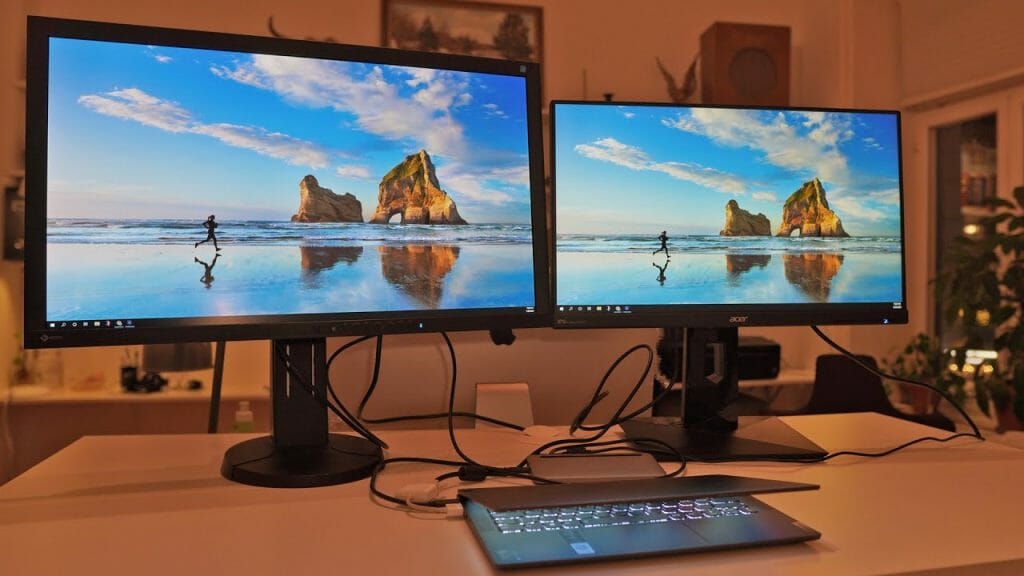
Can I Use Different Monitors For Dual Monitor Setup?
So, we have already discussed whether you need the same monitor for your dual monitor setup and some advantage of using the same monitors. Now here some questions arise such as can I use different monitors for dual monitor setup or does having two different monitors affect performance?
Well, you can connect any monitor and enjoy the benefit of dual monitors if they are compatible with your computer’s video port. There’s no requirement for the same size, brand, configuration or resolution.
But when there are two different-sized monitors and you drag a window from the larger one to the smaller one, you will have to resize it to fit the other screen well. Some things you may find it annoying.
Otherwise, it’s totally fine to use different monitors.
6 Things To Consider While Buying Monitors For Dual Monitor Setup
As you are here to know whether you should get the same monitors for dual monitor setup, that means you are going to purchase monitors soon.
So here are some key aspects to keep in mind while buying monitors for dual monitor setup:
1. Compatibility
While selecting monitors, it’s important to check the compatibility of the computer’s graphics card and operating system with chosen monitors.
2. Desired Functionality
This is the most important thing to consider while choosing monitors. If you are looking for color accuracy and high refresh rate you will have to choose two high-configured monitors.
On the other hand, for general office works regular monitors will do the work.
3. Budget
There are different ranges of monitors depending on the brand, size, resolution and other features. Consider your desired features and budget to find a balance between quality and cost.
4. Connectivity
Check the connectivity options between your computer and your chosen monitors. Ensure your computer has the necessary video port to connect dual monitors. Nowadays, most modern monitors use HDMI, DisplayPort and USB-C connections.
5. Resolution
This is another important factor. If you are going for higher resolution monitors such as 1440p or 4K, your computer must have the latest powerful graphics card. Older operating systems won’t support these resolutions.
So you need to choose a monitor whose resolution supports your computer’s graphics card.
6. Desk Space
Measure your desk space before getting monitors. Imagine you have got two fancy monitors for dual monitor setup and your desk is not welcoming them. Nothing can be worse than that, right?
So consider the desk space and monitor ratio for an eye-soothing dual monitor setup. Make sure you are not overcrowding your workspace.
By considering these factors, you can select the best monitor for your dual monitor setup. Remember to do enough market research so that you can find a perfect balance between quality and cost.
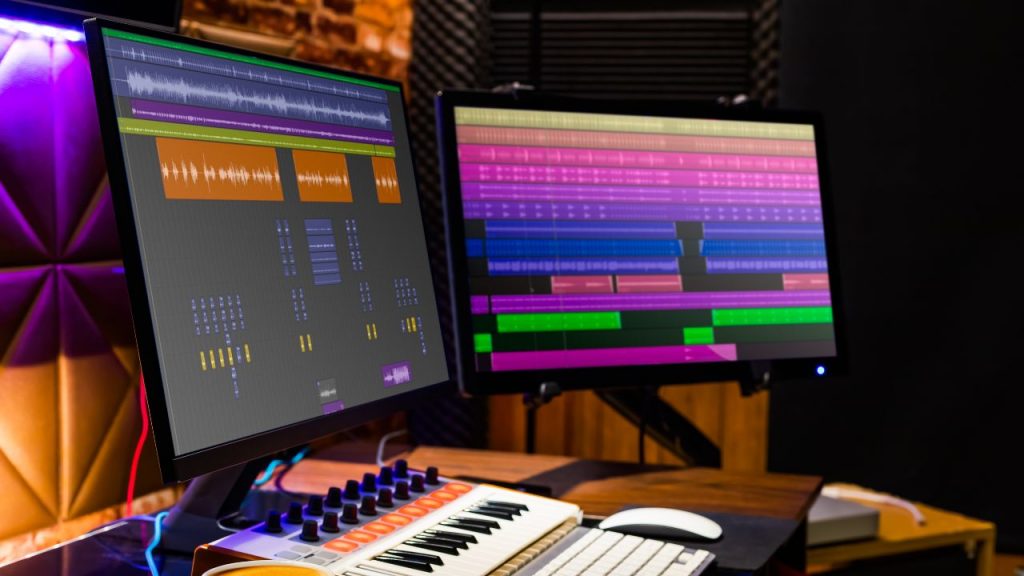
What Is The Best Size For Dual Monitor Setup?
There’s no one-size-fits-all answer to this question. Which monitor size is best for your dual monitor setup depends on your personal preference and what task you will be doing with it.
Generally, 24-27 inch monitors are considered perfect for dual monitors. For graphics, video editing and gaming, I think two 27-inch monitors will be a good fit. On the contrary, for general use, I prefer 24-inch or smaller monitors.
The above measurement is my personal preference not a rule of thumb. You can go for smaller or larger monitors according to your preference.
Wrap Up
After the above discussion, I think now you have an informed decision of whether you should go for the same monitors or continue with different monitors.
Hope you found this article helpful.

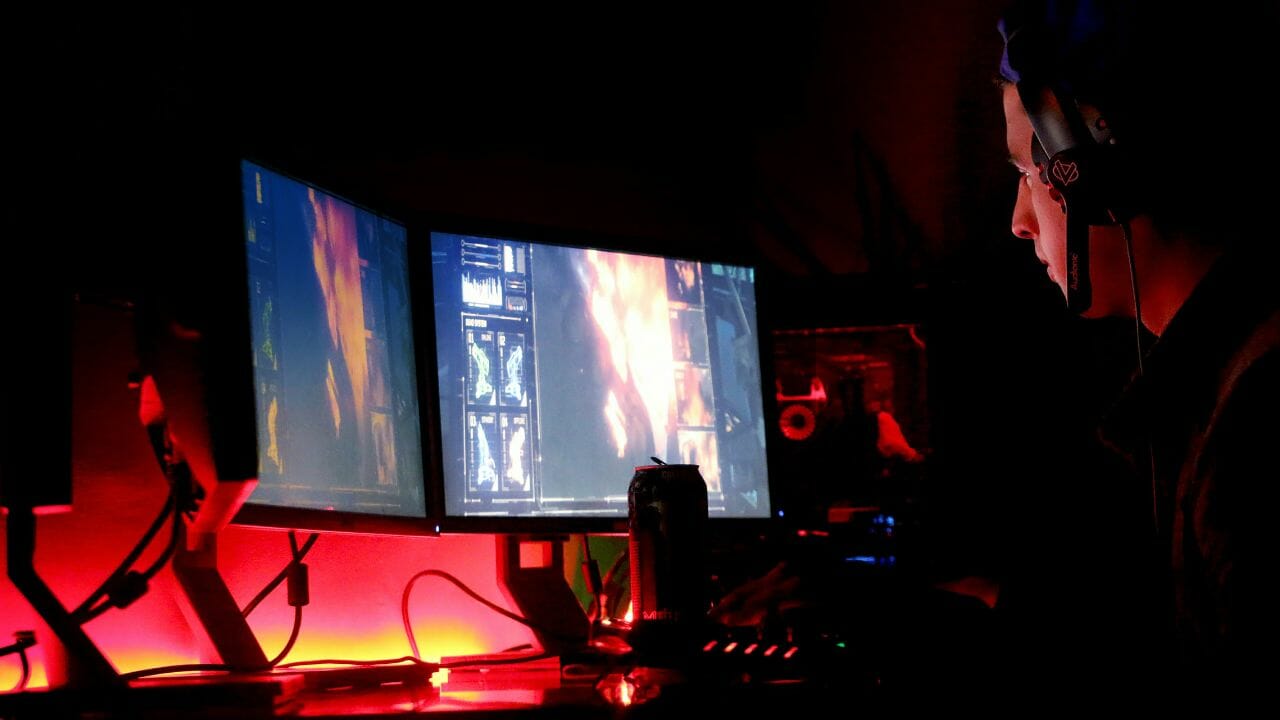
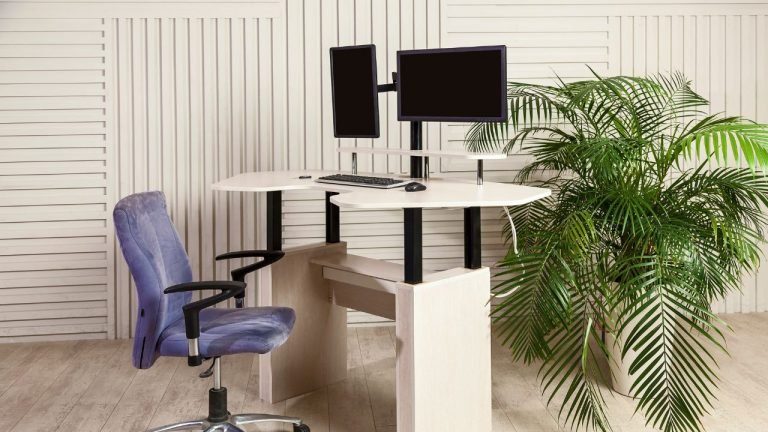
![Does Dual Monitor Use More CPU? [Debunking Common Myths]](https://homethereby.com/wp-content/uploads/2022/07/How-To-Setup-Dual-Monitors-With-L-Shaped-Desk-768x432.jpg)

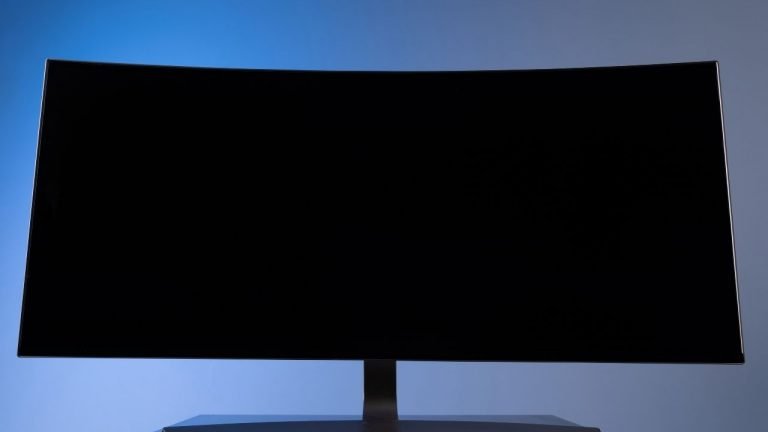

![Why Is My Dual Monitor Setup Not Working? [7 Reasons]](https://homethereby.com/wp-content/uploads/2022/08/double-monitor-setup-768x432.jpg)